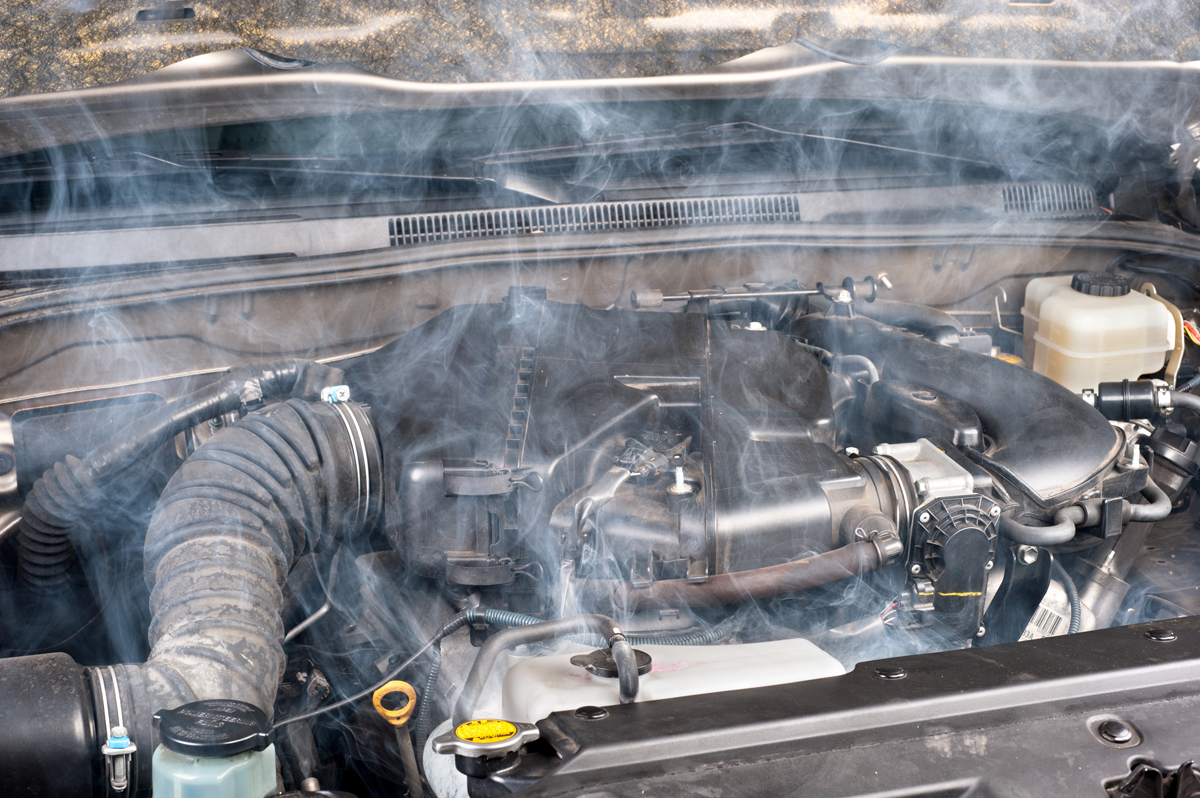When a vehicle’s engine seizes‚ it can lead to a myriad of issues that can be both frustrating and expensive. This article will explore what it means when an engine is seized‚ the common causes‚ symptoms to look out for‚ and the possible solutions.
What Does It Mean When an Engine Seizes?
An engine is considered to be “seized” when it can no longer turn over or rotate. This typically means that the internal components‚ such as the pistons and crankshaft‚ are unable to move freely due to a loss of lubrication or significant wear and tear. When an engine seizes‚ it may cause catastrophic damage and often requires extensive repairs or even a replacement.
Common Causes of Engine Seizure
Several factors can lead to an engine seizing. Understanding these can help in prevention and maintenance:
- Lack of Lubrication: One of the most common causes is inadequate oil levels or oil that has degraded over time; Oil lubricates the moving parts‚ and without it‚ friction can cause the engine parts to weld together.
- Overheating: Excessive heat can warp components and lead to seizure. This can happen due to a malfunctioning cooling system‚ low coolant levels‚ or a broken water pump.
- Corrosion: Rust or other forms of corrosion can seize up engine components‚ particularly if the vehicle has been sitting idle for extended periods.
- Mechanical Failure: Broken or damaged parts‚ such as a damaged timing belt‚ can lead to a loss of engine functionality and eventual seizure.
Symptoms of a Seized Engine
Identifying the signs of a seized engine early can prevent further damage. Here are some symptoms to watch for:
- Unusual Noises: Knocking or grinding noises can indicate internal problems.
- Engine Warning Lights: Dashboard lights signaling issues can hint at impending failure.
- Difficulty Starting: If the engine struggles to start or doesn’t turn over‚ it may be seized.
- Smoke or Burning Smell: This could indicate overheating or oil burning due to insufficient lubrication.
Diagnosing a Seized Engine
If you suspect your engine has seized‚ it’s essential to diagnose it correctly. Here are steps to follow:
- Check Oil Levels: Ensure there is enough oil in the engine. Low oil can indicate leaks or other issues.
- Inspect for Overheating: Look for signs of overheating‚ such as coolant leaks or a malfunctioning radiator.
- Attempt to Turn the Engine: Use a wrench to try and turn the crankshaft manually. If it doesn’t move‚ it may be seized.
- Consult a Mechanic: If you’re unsure‚ taking the vehicle to a professional can provide a thorough diagnosis.
Solutions for a Seized Engine
Once diagnosed‚ the solutions for a seized engine can vary based on the severity of the damage:
- Oil Change: In some cases‚ simply changing the oil and adding a lubricant may free up the engine.
- Repairing Components: Replace worn-out or damaged parts to restore functionality.
- Engine Rebuild: This involves disassembling the engine and replacing critical components to bring it back to life.
- Engine Replacement: If damage is extensive‚ replacing the engine may be the most cost-effective option.
Prevention Tips
Preventing engine seizure is crucial to maintaining your vehicle’s health. Here are some preventive measures:
- Regular Oil Changes: Change your oil according to manufacturer recommendations to keep the engine lubricated.
- Routine Maintenance: Have your vehicle serviced regularly to ensure all components are functioning properly.
- Monitor Temperature: Keep an eye on the engine temperature gauge to avoid overheating.
- Drive Regularly: Regular use can help keep the engine parts lubricated and prevent corrosion.
An engine seizure can be a daunting issue for any vehicle owner. By understanding what causes engine seizure‚ recognizing the symptoms‚ and taking preventive measures‚ you can greatly reduce the risk of encountering this problem. Regular maintenance is key to ensuring the longevity and performance of your engine.

